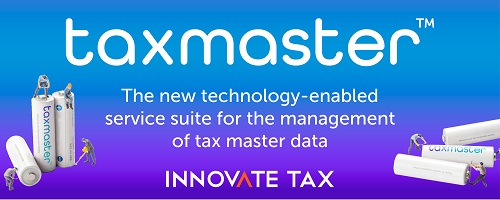- Definition and Purpose: A UUID is a 128-bit identifier designed to uniquely identify data across various systems without the need for a central authority, ensuring global uniqueness and minimizing duplication.
- Structure and Format: UUIDs are represented in a standardized format consisting of 32 hexadecimal digits divided into five groups (8-4-4-4-12), such as
123e4567-e89b-12d3-a456-426614174000. - Generation and Variants: UUIDs can be generated using several algorithms that utilize factors like timestamps and random numbers. Different versions (1-5) offer various methods for ensuring uniqueness, with Version 4 relying solely on random numbers.
- Applications: UUIDs are commonly used in software development, database architecture, and distributed systems to uniquely identify records, system components, and transactions, facilitating data consistency and integrity.
- Advantages and Disadvantages: While UUIDs provide decentralization and versatility, they can be larger and less user-friendly than simpler identifiers. Certain versions may also reveal information about their generation context, posing potential privacy concerns.
UUIDs (Universally Unique Identifiers) are increasingly being utilized in e-invoicing systems across various countries to ensure unique identification of invoices and related transactions. Here are some countries and regions where UUIDs are commonly used in e-invoicing frameworks:
- European Union: Many EU member states incorporate UUIDs in their e-invoicing standards, particularly in compliance with the European standard for e-invoicing (EN 16931), which encourages the use of unique identifiers for invoices.
- Italy: Italy’s e-invoicing system (FatturaPA) mandates the use of unique identifiers for invoices, which can include UUIDs.
- Spain: Spain’s e-invoicing system also utilizes unique identifiers, with certain implementations adopting UUIDs for invoice identification.
- Brazil: In Brazil, the Nota Fiscal Eletrônica (NF-e) system uses unique identifiers for electronic invoices, which may include UUIDs in certain contexts.
- Mexico: Mexico’s Comprobante Fiscal Digital por Internet (CFDI) system employs unique identifiers for electronic invoices, and while it has its own format, the principles behind UUIDs for uniqueness apply.
- Australia: In Australia, the adoption of e-invoicing is supported by the Peppol framework, which encourages the use of unique identifiers similar to UUIDs for interoperability.
- India: The Goods and Services Tax (GST) framework in India includes provisions for unique invoice identification, and UUIDs may be used in certain implementations.
- South Africa: South Africa has been moving towards e-invoicing, where unique identifiers are being considered to streamline processes.
While the implementation specifics may vary, the use of UUIDs or similar unique identifiers is a common practice in many modern e-invoicing systems to ensure clarity, prevent duplication, and facilitate interoperability across different platforms and jurisdictions.
Sources















